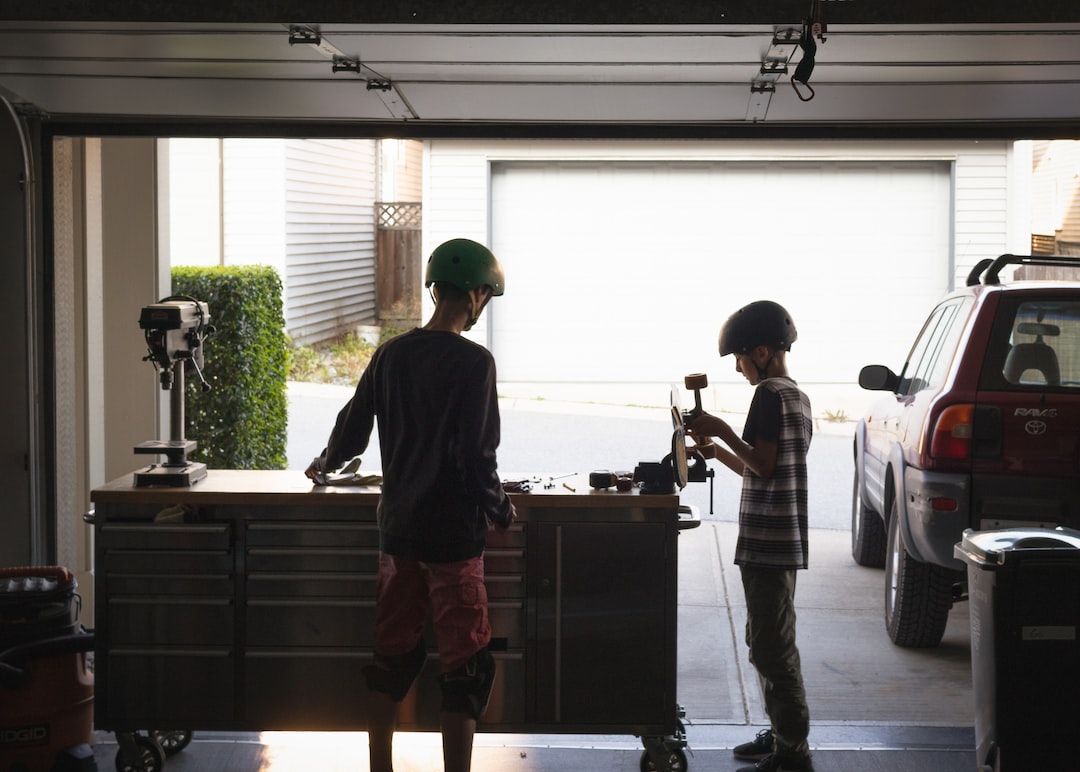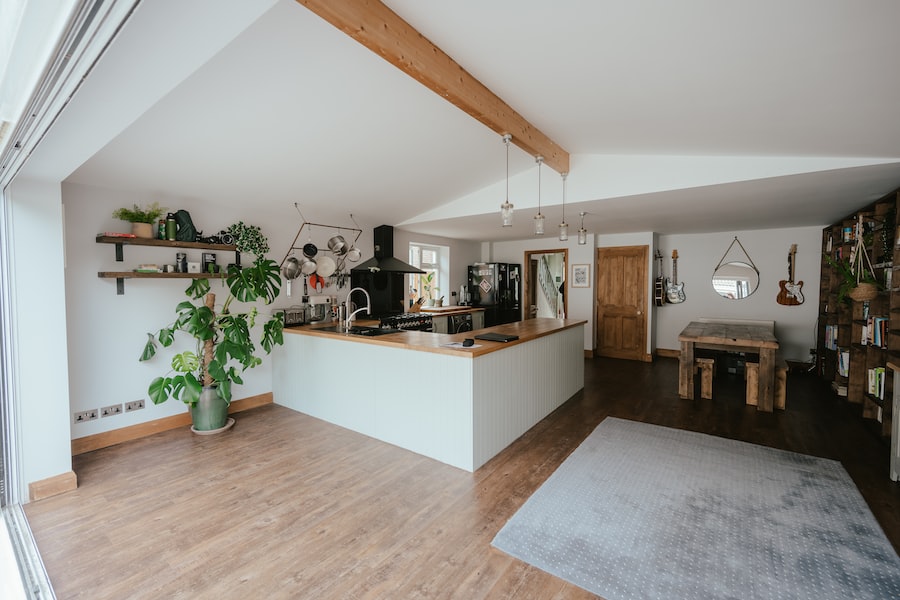Growing Juicy Tomatoes in Zone 7: When to Start Tomato Seeds Indoors for a Bountiful Harvest

Tomatoes are a popular and versatile vegetable that can be grown in a variety of climates. In Zone 7, which includes areas with a moderate climate and mild winters, tomato growing is a common practice. Understanding the specific climate and soil conditions in this region is crucial for successful tomato cultivation. By taking into account the unique characteristics of Zone 7, gardeners can optimize their tomato growing experience and enjoy a bountiful harvest.
Key Takeaways
- Zone 7 has a moderate climate that is ideal for growing tomatoes.
- Starting tomato seeds indoors in late winter or early spring is recommended for Zone 7.
- Choose tomato varieties that are well-suited for Zone 7’s climate and soil conditions.
- Preparing the soil with compost and other organic matter can help ensure optimal tomato growth.
- Transplant tomato seedlings carefully and provide proper watering and fertilization for juicy tomatoes.
Understanding Zone 7 and Its Impact on Tomato Growing
Zone 7 is characterized by its moderate climate, with average minimum temperatures ranging from 0 to 10 degrees Fahrenheit (-18 to -12 degrees Celsius). This means that the region experiences mild winters, allowing for the possibility of year-round tomato cultivation. However, it is important to note that Zone 7 also has hot summers, with average maximum temperatures reaching up to 100 degrees Fahrenheit (38 degrees Celsius). These temperature extremes can have a significant impact on tomato growth and development.
The hot summers in Zone 7 can cause tomatoes to suffer from heat stress, which can lead to reduced fruit set and poor fruit quality. Additionally, the mild winters in this region can make tomatoes susceptible to frost damage if not properly protected. Understanding these factors is crucial for successful tomato growing in Zone 7.
The Best Time to Start Tomato Seeds Indoors in Zone 7
In Zone 7, it is recommended to start tomato seeds indoors approximately 6-8 weeks before the last expected frost date. This allows the seedlings to develop strong root systems and be ready for transplanting once the weather warms up. Starting seeds indoors also gives gardeners more control over the growing conditions, ensuring optimal germination and growth.
To ensure successful germination and growth of tomato seeds indoors, it is important to provide them with adequate light, warmth, and moisture. Place the seed trays or pots in a warm location, such as near a south-facing window or under grow lights. Keep the soil consistently moist but not waterlogged, as excessive moisture can lead to damping-off disease. Once the seedlings have developed their first true leaves, they can be transplanted into larger pots or containers to continue their growth until they are ready for outdoor planting.
Choosing the Right Tomato Varieties for Zone 7
| Tomato Variety | Days to Maturity | Plant Spacing | Fruit Size | Yield |
|---|---|---|---|---|
| Early Girl | 50-62 | 18-24 inches | Medium | 4-6 lbs per plant |
| Cherokee Purple | 72-85 | 24-36 inches | Large | 2-3 lbs per plant |
| Roma | 75-80 | 24-36 inches | Small | 8-10 lbs per plant |
| Beefsteak | 80-100 | 36-48 inches | Extra Large | 2-4 lbs per plant |
When selecting tomato varieties for Zone 7, it is important to choose those that are well-suited to the region’s climate and growing conditions. Some tomato varieties that thrive in Zone 7 include ‘Celebrity’, ‘Better Boy’, ‘Early Girl’, and ‘Roma’. These varieties are known for their disease resistance, high yields, and excellent flavor.
Factors to consider when selecting tomato varieties for Zone 7 include the desired size and shape of the fruit, disease resistance, and the length of the growing season. Determinate varieties, which grow to a certain height and produce fruit all at once, are often preferred in Zone 7 due to their ability to ripen before the first frost. Indeterminate varieties, on the other hand, continue to grow and produce fruit throughout the season but may require additional support.
Preparing the Soil for Optimal Tomato Growth in Zone 7
Proper soil preparation is essential for optimal tomato growth in Zone 7. Start by testing the soil pH and nutrient levels to determine if any amendments are needed. Tomatoes prefer a slightly acidic soil with a pH range of 6.0-6.8. If the pH is too high, add sulfur or peat moss to lower it.
In addition to pH adjustments, it is important to improve soil quality by adding organic matter such as compost or well-rotted manure. This helps improve drainage, water retention, and nutrient availability. Work the organic matter into the top few inches of soil before planting tomatoes.
Tips for Transplanting Tomato Seedlings in Zone 7

Transplanting tomato seedlings in Zone 7 should be done after the last expected frost date, when the soil has warmed up and the risk of frost has passed. Before transplanting, harden off the seedlings by gradually exposing them to outdoor conditions over a period of 7-10 days. This helps them acclimate to the changes in temperature, light, and wind.
When transplanting tomato seedlings, dig a hole that is slightly larger than the root ball and gently remove the seedling from its container. Place the seedling in the hole, making sure that the soil level is at the same height as it was in the container. Firmly press the soil around the base of the plant to eliminate any air pockets.
To minimize transplant shock and ensure healthy growth, water the newly transplanted seedlings thoroughly and provide them with some shade for the first few days. This helps reduce stress and allows the plants to establish their root systems.
Watering and Fertilizing Techniques for Juicy Tomatoes in Zone 7
Proper watering and fertilizing techniques are crucial for growing juicy tomatoes in Zone 7. Tomatoes require consistent moisture throughout the growing season, but overwatering can lead to root rot and other diseases. It is important to water deeply and infrequently, allowing the top few inches of soil to dry out between waterings.
To determine when to water, check the moisture level of the soil by sticking your finger into it up to your second knuckle. If it feels dry at that depth, it is time to water. Avoid wetting the foliage when watering, as this can promote disease development.
In terms of fertilizing, tomatoes are heavy feeders and require regular applications of balanced fertilizer throughout the growing season. Start by incorporating a slow-release fertilizer into the soil at planting time. Then, every 4-6 weeks, apply a water-soluble fertilizer according to the package instructions. This provides the plants with a steady supply of nutrients for optimal growth and fruit production.
Protecting Tomatoes from Pests and Diseases in Zone 7
Tomatoes in Zone 7 are susceptible to a variety of pests and diseases, including aphids, tomato hornworms, early blight, and late blight. To prevent these issues, it is important to practice good garden hygiene and monitor the plants regularly for signs of infestation or disease.
Some tips for preventing and treating common tomato pests and diseases in Zone 7 include:
– Planting disease-resistant varieties
– Rotating crops to prevent the buildup of pests and diseases in the soil
– Removing any infected or infested plant material promptly
– Using organic pest control methods such as insecticidal soap or neem oil
– Applying fungicides as a preventative measure against fungal diseases
The Importance of Pruning and Supporting Tomato Plants in Zone 7
Pruning and supporting tomato plants is important for maximizing fruit production and preventing disease. Pruning helps improve air circulation and sunlight penetration, reducing the risk of fungal diseases. It also allows the plant to focus its energy on producing larger, tastier fruits.
To prune tomato plants, remove any suckers that develop in the leaf axils. These are small shoots that grow between the main stem and the branches. By removing suckers, you encourage the plant to put more energy into fruit production rather than vegetative growth.
Supporting tomato plants is also crucial, especially for indeterminate varieties that continue to grow throughout the season. Use stakes, cages, or trellises to support the plants and keep them off the ground. This helps prevent fruit rot and makes harvesting easier.
Harvesting and Storing Tomatoes for Maximum Flavor in Zone 7
Harvesting tomatoes at the peak of ripeness is essential for maximum flavor and quality. In Zone 7, tomatoes can be harvested from mid-summer until the first frost. To determine if a tomato is ripe, gently squeeze it. If it gives slightly under pressure and has a deep, uniform color, it is ready to be picked.
To store tomatoes, keep them at room temperature away from direct sunlight. Avoid refrigerating tomatoes, as this can negatively affect their flavor and texture. If you have an abundance of ripe tomatoes, consider preserving them by canning, freezing, or making sauces and salsas.
Troubleshooting Common Tomato Growing Problems in Zone 7
Despite careful planning and care, tomato plants in Zone 7 may still encounter some common growing problems. Some issues that gardeners may face include blossom end rot, cracking, yellowing leaves, and poor fruit set.
Blossom end rot is a physiological disorder characterized by a dark, sunken spot at the bottom of the fruit. It is caused by a calcium deficiency in the developing fruit. To prevent blossom end rot, ensure that the soil pH is within the optimal range and provide consistent moisture to the plants.
Cracking occurs when tomatoes absorb water too quickly after a period of dryness. To prevent cracking, water tomatoes consistently and avoid overwatering or allowing the soil to dry out completely.
Yellowing leaves can be a sign of nutrient deficiencies or diseases. Test the soil to determine if any nutrient amendments are needed and monitor the plants for signs of pests or diseases.
Poor fruit set can be caused by high temperatures or inadequate pollination. To encourage fruit set, provide shade during hot periods and consider hand-pollinating the flowers using a small brush or cotton swab.
Growing tomatoes in Zone 7 can be a rewarding experience with proper planning and care. By understanding the unique climate and soil conditions in this region, gardeners can optimize their tomato growing practices and enjoy a bountiful harvest. From starting seeds indoors to transplanting seedlings, watering and fertilizing techniques, pest and disease prevention, and proper pruning and support, each step plays a crucial role in the success of tomato cultivation in Zone 7. With the right varieties, soil preparation, and attention to detail, gardeners in this region can enjoy juicy, flavorful tomatoes throughout the growing season. So why not give it a try and start growing your own tomatoes in Zone 7?



